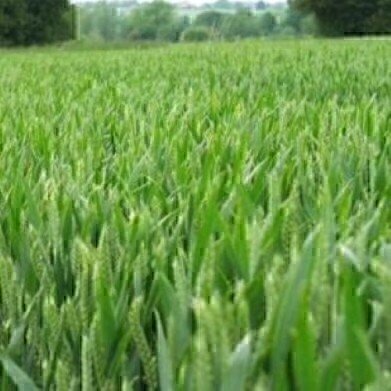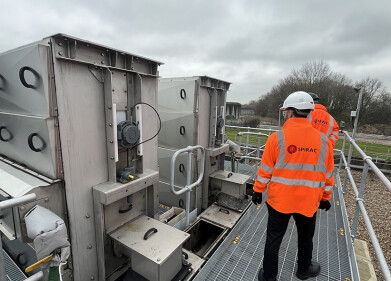Water/Wastewater
Groundwater depletion in US High Plains leads to bleak outlook for grain production
Oct 06 2020
The depletion of groundwater sources in parts of the United States High Plains is so severe that peak grain production in some states has already been passed, according to new research.
An international team of scientists, including experts from the University of Birmingham, has extended and improved methods used to calculate peak oil production to assess grain production in three US states, Nebraska, Texas and Kansas. They related the levels of water extraction from the Ogallala aquifer, one of the largest underwater reservoirs in the High Plains, over the past five decades, to the amounts of grain harvested in each state and used this model to predict future trends. Their results are published in Proceedings of the National Academy of Sciences.
“We were inspired by insightful analyses of US crude oil production. They predicted a peak in crude oil production a decade in advance,” says Assaad Mrad, a Ph.D. candidate at Duke University and lead author of the study.
The scientists found that in Texas and Kansas, even taking into account advances in technology and improved irrigation methods, production levels peaked around 2016 before starting to decline. By 2050, if no yield-boosting technologies are introduced, grain production in Texas could be reduced by as much as 40 per cent.
The decline is because rates of water extraction, coupled with delays in enforcing new policies on groundwater use and in introducing new irrigation and monitoring technologies mean the aquifers can no longer be sufficiently replenished to meet demand.
Nebraska, in contrast, has a different climate, with more rainfall and less aridity than Texas and Southern Kansas, which allows for higher sustainable rates of groundwater pumping. Nebraska is therefore succeeding in increasing the amount of land used for grain production without increasing the amount of water used.
The US High Plains produces more than 50 million tonnes of grain yearly and depends on the aquifers for as much as 90 per cent of its irrigation needs. Taken as a whole, therefore, the model shows that continued depletion of the High Plains aquifers at current levels represents a significant threat to food and water security both in the US and globally.
“Overall, the picture we see emerging from these calculations is bleak,” says Professor David Hannah, at the University of Birmingham. “The ultimate consequence of the aquifers continuing to be overused will be the decline and collapse of grain production. We have already seen this happen in Texas, where over the course of fifty years, peak water use has twice led to peak grain production followed by production crashes.”
“This shows quite clearly that the aquifers are not being used in a sustainable way and it’s essential to find new technologies that can irrigate crops in a sustainable way.”
Events
May 05 2024 Seville, Spain
May 13 2024 Munich, Germany
May 23 2024 Beijing, China
May 23 2024 Beijing, China
Jun 10 2024 Algiers, Algeria













